Fifteen years ago, I was looking for a shift in my life. I was living on a remote island in the North Pacific, where I’d been helping my brother grow food and raise goats.
I knew I wanted to expand my world in some way, but the how escaped me. A friend mentioned volunteering at the Mesoamerican Permaculture Institute (Instituto Mesoamericano de Permacultura, or IMAP for short) and on a whim, I booked a ticket to Guatemala.
I ended up living in Lake Atitlan for 8 years. I can honestly say that permaculture changed my life.
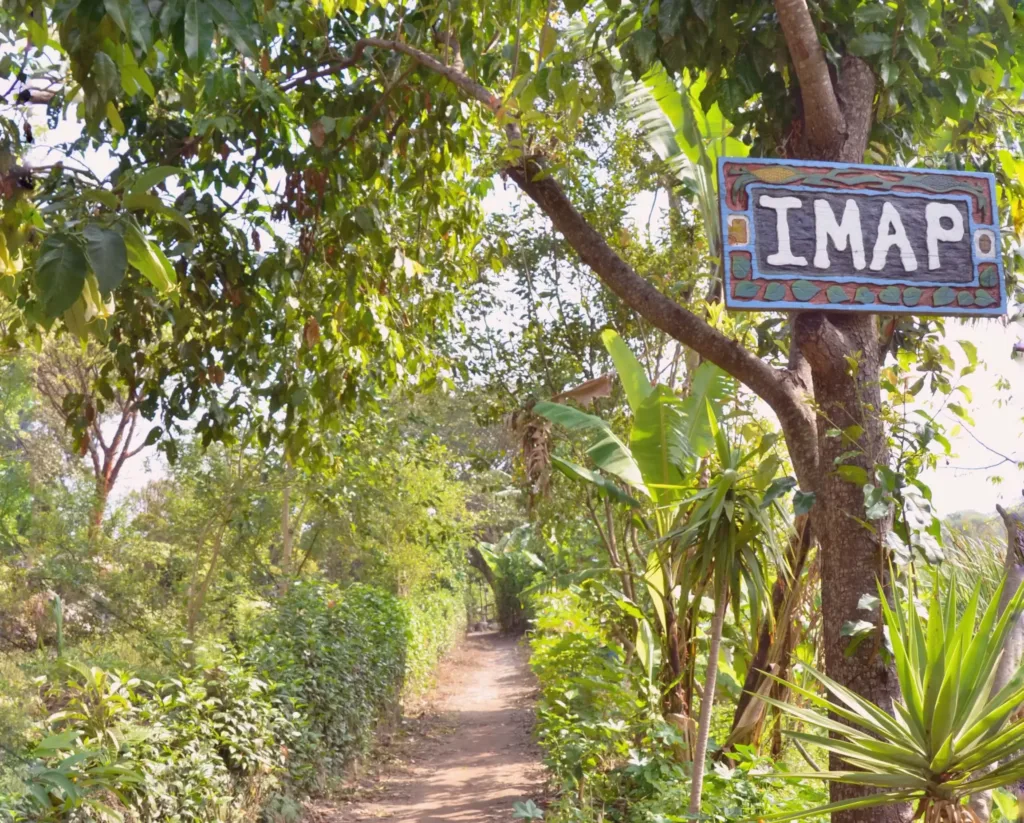
Permaculture still seemed somewhat inacessible back then, and there was very little information available for me to reference. David Holmgren’s book Permaculture: Principles and Pathways beyond Sustainability and Bill Molison’s book Permaculture: A Designer’s Manual were the main resources that I dug into.
My best resource, of course, was IMAP itself. Being immersed in permaculture completely changed the way I saw the natural world. Suddenly, it all made sense — the way plants, animals, soil, and water could support each other in a balanced system.
The sense of connection to the land and to one another was palpable, and I saw firsthand how permaculture could empower individuals and communities to take control of their own food security. This collaborative energy fueled my passion, and I wanted to share it with as many people as possible.
Rony co-founded IMAP in 2000 with other locals and permaculture-minded people. It was the first permaculture institute in Latin America. If you want to hear more about it, check out his interview with Scott Mann from The Permaculture Podcast. To this day, IMAP serves as a thriving demonstration centre for permaculture in action.
Rony and I continued building our permaculture homestead in Guatemala while raising our two young daughters, and I recorded some of our adventures in this little blog.
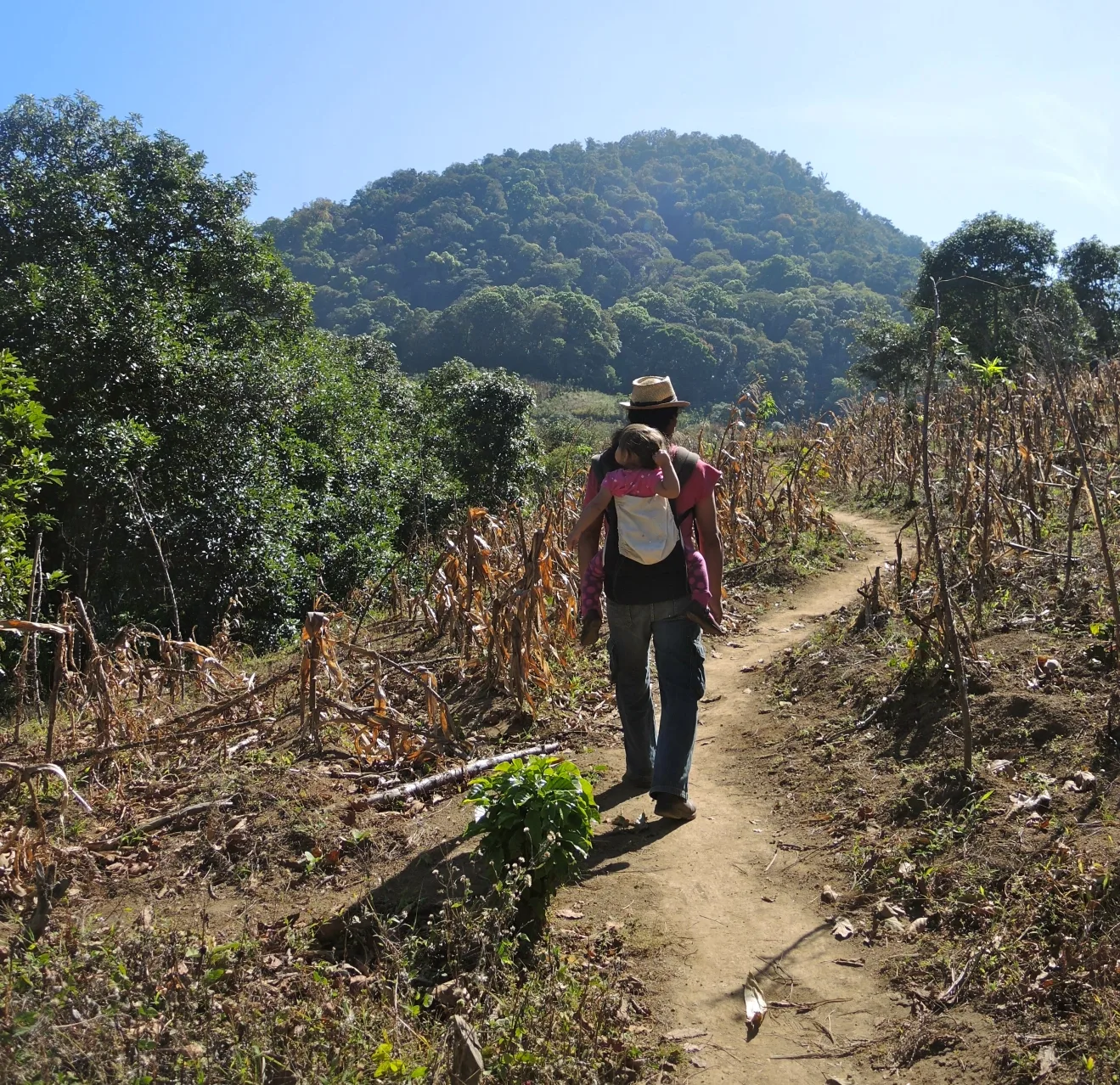
As time went by, I became more and more involved with running IMAP. We were trying to show that it is possible to grow food in small spaces with very little money. We also wanted to inspire other growers to think outside the box and work with what was available locally. Gathering community to grow food is such an inspiring movement to be part of.
I came to permaculture with no formal training, just an insatiable curiosity and a love of learning. I made a lot of mistakes in those early years but I also learned a ton, and over time I helped IMAP share its knowledge with a more global audience. Through this work, I gained invaluable experience and insight into the practical applications of permaculture.
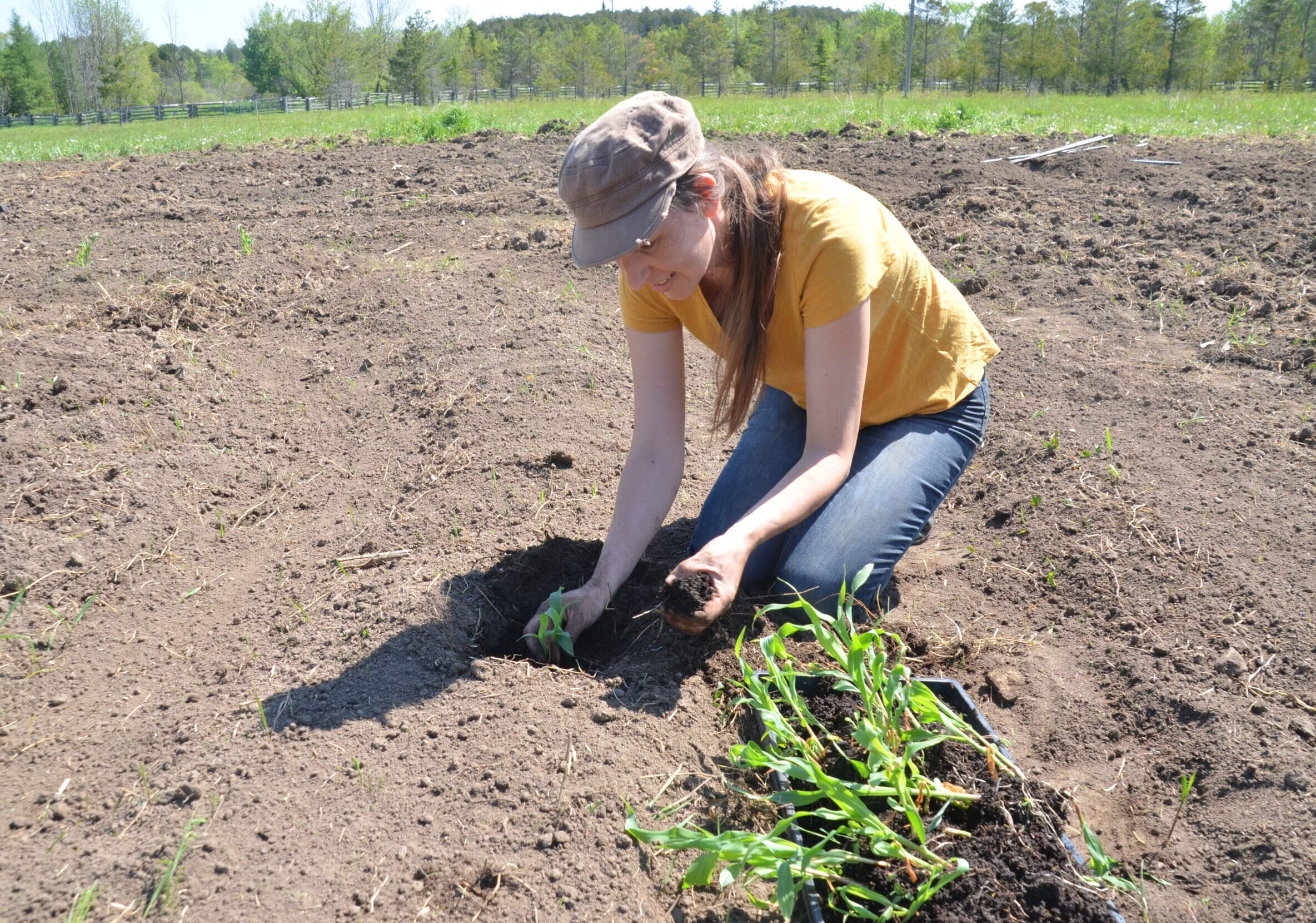
IMAP has been offering a 2-week intensive Permaculture Design Certificate course (PDC) course in Spanish since its inception. After I’d been working there for about a year, we forged a partnership with Atitlan Organics and started offering an English version of the Permaculture Design Certificate course, as well as an Introduction to Permaculture workshop, to people from all over the world.
The workshops and courses experience had a profound impact on everyone involved. We saw students having life-changing breakthroughs and then go on to start their own ecological gardens and, in some cases, open up successful permaculture consultancy businesses.
In 2019, feeling increasingly hemmed in by political and social problems, our family made the big move to Canada. We hit the ground running when we moved onto our farm four years ago. We started from scratch, working land that was vastly different from what we had in Guatemala.
We bought a herd of sheep from Crow Hill Farm, and learned how to care for them on the fly. Between lambing season, producing seeds for Hawthorn Farm Organic Seeds, and navigating the challenges of establishing a farm, there was no shortage of lessons to be learned.
Our focus since moving from Guatemala has been producing crops for seeds. We’ve had to shift our mindset over and over, simply because the land we are working is way bigger than it was in Guatemala. We don’t have the perfect permaculture farm, and we haven’t yet set up all the systems we had in place in our old homestead. I felt hesitant to open up our farm and our home for workshops because of this. But I’m settling into the idea that permaculture isn’t about rushing – it’s about getting to know your land and figuring out how to work with it, not against it.
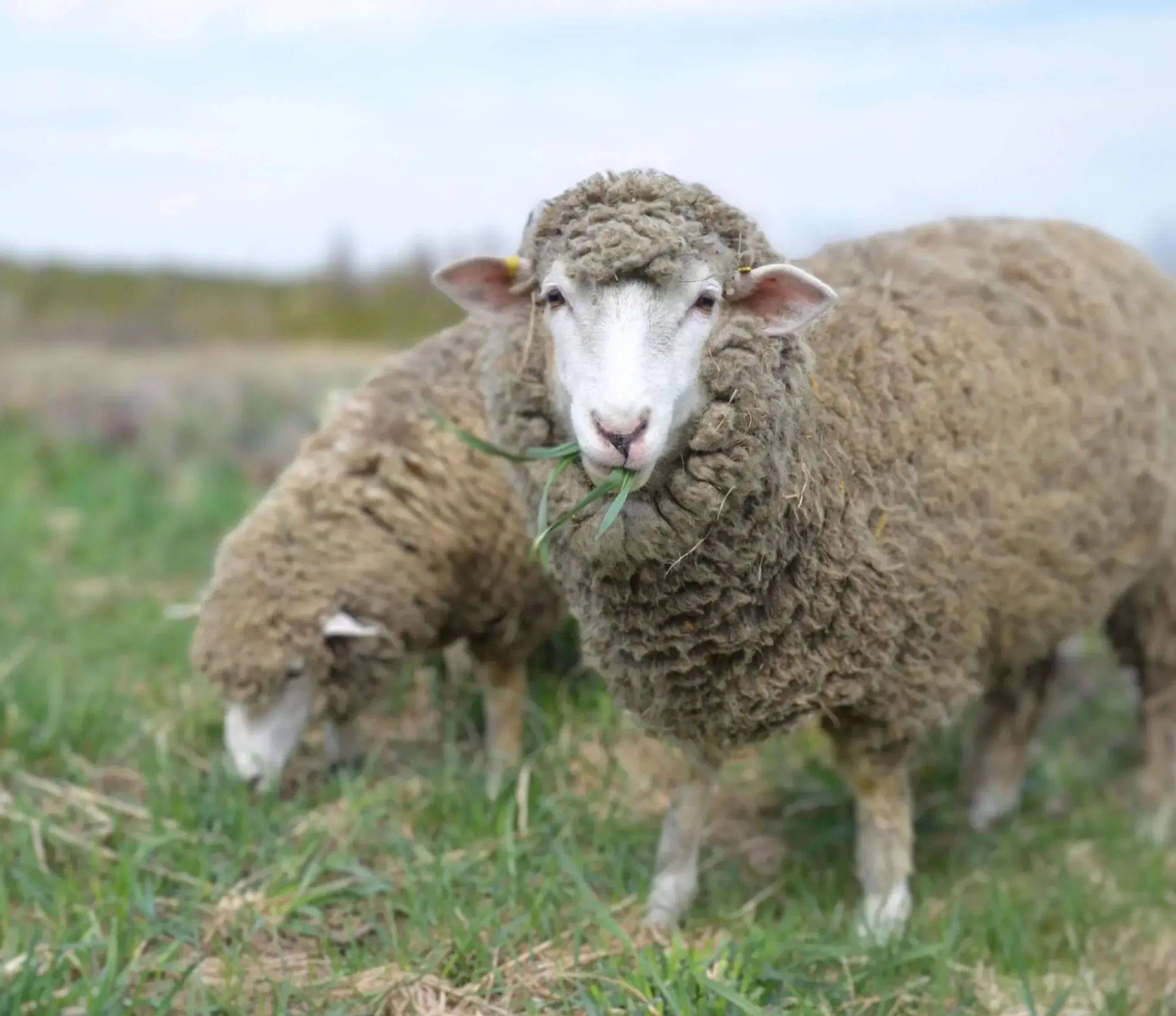
It wasn’t until last year that we felt settled enough to offer an Introduction to Permaculture workshop. We weren’t sure if people in Grey county would be interested, but tickets sold out faster than we expected.
It was such an inspiring and motivating experience to see just how much people in the area were craving practical knowledge about permaculture.
In our Introduction to Permaculture workshop, we offered design principles and ethics in easy-to-digest chunks, showed how to apply permaculture to build an ecological garden, and worked side by side in hands-on activities to put it all into practice.

On May 3, 2025, we’re offering the workshop again. More info here.
Permaculture isn’t just about growing food—it’s about understanding the natural world and working with it instead of against it. It’s a holistic design approach that integrates everything in nature—soil, water, plants, animals, insects, seasons—into systems that thrive. It’s about seeing the big picture and creating self-sustaining, regenerative systems that work in harmony with the land.
The way I see it, permaculture is a strategy for interacting with our environment in a positive way.
The Introduction to Permaculture workshop dives into the basics of natural systems design and ecological thinking. Our goal is that students walk away with empowering, practical strategies that can be applied directly to their own space, no matter where they live or how much land they have.
The workshop takes place in both our spruced-up old barn and out in the field. Being in the garden, working side by side and observing how to actually apply permaculture principles is my favourite part.
Our intention behind offering an in-person workshop is that we wanted to structure it with a very practical approach. I am such a hands-on learner and need to do things myself in order to learn. We wanted to be able to teach people with varying skill levels and learning styles in a way that is easy to understand and implement in their lives and gardens.

In the 25 years that Rony has been teaching the Introduction to Permaculture workshop, we’ve welcomed students ranging in age from 16 to 75.
Students have included brand new gardeners, farmers, stay-at-home parents, homeschoolers, retirees, community organizers, and entrepreneurs, and everything in between.
Hosting WWOOFers, interns, volunteers, and students on our farm has been such an inspiring experience for me. It’s always a whirlwind of preparation beforehand, but it’s so rewarding to see people make the connections between nature and food production, watching them transform their understanding of sustainability and take that knowledge to create meaningful change in their own lives and communities.
If you’d like to join us for the next Introduction to Permaculture workshop, you can find out a bit more here or register below.
Thanks for joining me on this walk down memory lane!
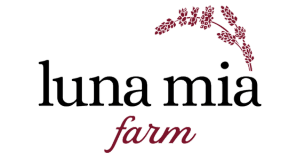
Félicitations pour ton beau témoignage ! En effet, plusieurs gens sont assoiffés d’en connaître plus long en jardinage écologique ! Je vous souhaite du succès avec votre atelier du 5 mai !